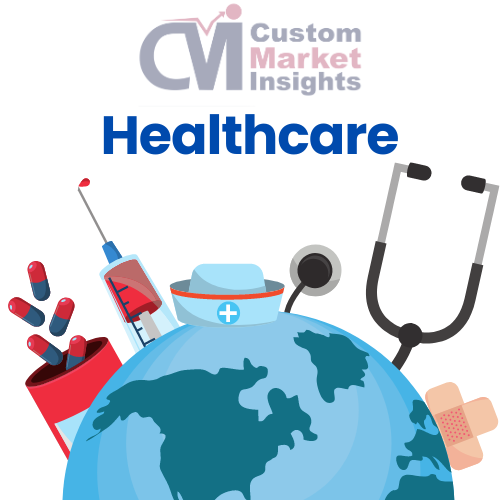5 Current Trends or Changes in Healthcare to Check-in 2023
Healthcare is approaching a revolution driven by updated technology and an increasing demand for budget-friendly solutions. It is also essential for better health benefits.
If we follow the ongoing market research statistics, one can expect growth in artificial intelligence, remote monitoring devices, better cybersecurity, and telemedicine. Analysts are expecting a surge in final value-based care. Together, we can expect a remarkable impact on healthcare and other related industries. One can expect more opportunities after these alterations and developments.
- Growing virtual healthcare and telemedicine services
There is a significant increase in the popularity of virtual healthcare services and telemedicine. The Pandemic has ushered in a new era where remote control is soaring to unprecedented heights. In North America, the growth of the remote control market has been tremendous. Two years back, in 2021, this market reached somewhere around $105 billion; in the next 4 years, it might exceed $273 billion. Surprised! The expected compound annual growth here is approximately 20.7% if we follow the report of Mordor Intelligence.
Definitely, this is the first time telehealth is coming up with ways to arrest costs with better results. Telehealth is ready to combat chronic disease and overcome geographical challenges. With restrained hospital stays and shared staffing, it is becoming more accessible.
- The surge in Machine Learning with AI upgradation in the healthcare sector
Machine learning, along with artificial intelligence, is the new boom in the healthcare sector. They help detect repeated patterns, analyze the patients’ data and, above all, aid in better decision-making regarding clinical issues. The best part is the customized factor for varied treatment planning, resulting in the improved health of patients. It is soon going the be the new revolutionary trend.
In 2020, AI started with an estimated $14.1 billion, but by 2027, don’t be surprised if it hits $119.9, extracting a hike of 36% at a CAGR. Japan, China, Germany and the U.S. may lead the health market race.
- Value-based care
Recently a survey stated that the contribution of value-based care is increasing. By value-based care, we mean the payment made to the healthcare officers is directly proportionate to the patient’s health conditions, not the services they render. It will definitely help to achieve an unexpected level of health betterment in developed countries like the U.S.A.
It aims to deliver improved outcomes in healthcare while staying within budget. People involved in delivering such healthcare services are as follows:
- Healthcare officers
- Payers
- Medtech category
Healthcare providers receive incentives or revenues when they deliver better value. For value-based care, the United States is leading the channel. Western Europe may come under the secondary category.
- Innovative remote monitoring devices
Recently, it has become apparent that many people are wearing remote monitoring devices. These products can track a patient’s health status, including the steps they made in a day, heartbeat, blood pressure check, other physical activities and much more. People suffering from chronic conditions can also collect their health data using these devices in collaboration with healthcare professionals. It is highly advisable for people suffering from hypertension or diabetes.
These devices are no more confined to hospitals or health organizations, but one can wear them at home or work. Almost all the cream companies, like Apple and Fitbit have come up with wearable devices. These devices represent the next boom in the healthcare sector, as there is an increasing need to monitor cardiac health and blood pressure levels. By now, North America has a maximum number of people who wear such devices, but it seems Asia- Pacific will soon win the crown of having the most wearables.
- Healthcare data security
There are instances where healthcare data has been stolen, disrupted and damaged. A strong system is essential where these data sustain securely. Presently everything is there electronically. Healthcare officers store almost all data electronically, which increases the possibility of getting stolen too. Cyberattacks can not only steal data but can also play with the reputation of healthcare organizations or entities.
If we consider 2020, there was a sudden surge of approx—42.5% in healthcare data hacking incidents. In North America, such incidents are normal; they are already trying to overcome this. Cybersecurity measures are being practised in this field to prevent any such mishappenings. Soon one can expect growth in healthcare cybersecurity. In 2020 the worth of healthcare cybersecurity was nearly $9.53 billion, and soon in the next three years, you can see it going to $24.1 billion approx, with a CAGR rising of 16.7% approx.


